
Osteoporosis is a systemic skeletal disorder characterized by low bone mass, micro-architectural deterioration of bone tissue leading to more porous bone, and consequent increase in fracture risk.
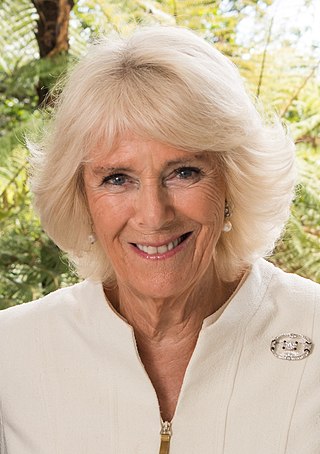
Camilla is Queen of the United Kingdom and the 14 other Commonwealth realms as the wife of King Charles III.
Rheumatology is a branch of medicine devoted to the diagnosis and management of disorders whose common feature is inflammation in the bones, muscles, joints, and internal organs. Rheumatology covers more than 100 different complex diseases, collectively known as rheumatic diseases, which includes many forms of arthritis as well as lupus and Sjögren's syndrome. Doctors who have undergone formal training in rheumatology are called rheumatologists.

Alzheimer's Society is a United Kingdom care and research charity for people with dementia and their carers. It operates in England, Wales and Northern Ireland, while its sister charities Alzheimer Scotland and Alzheimer Society of Ireland cover Scotland and the Republic of Ireland respectively.
Crohn's & Colitis UK is a UK charity dedicated to Crohn's disease, ulcerative colitis, and other forms of inflammatory bowel disease (IBD). It was founded in 1979 as the National Association for Colitis and Crohn's Disease.
Parkinson's UK is a Parkinson's research and support charity in the United Kingdom. In April 2010, the Parkinson's Disease Society changed its name to become Parkinson's UK. Its aims are to improve the quality of life for people affected by Parkinson's and find a cure for the condition.
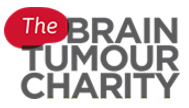
The Brain Tumour Charity is a UK-based, Charity Commission registered, charity dedicated to funding research, raising awareness of brain tumours, reducing diagnosis times and providing support and information for people with brain tumours, their families and friends.

Osteopenia, known as "low bone mass" or "low bone density", is a condition in which bone mineral density is low. Because their bones are weaker, people with osteopenia may have a higher risk of fractures, and some people may go on to develop osteoporosis. In 2010, 43 million older adults in the US had osteopenia. Unlike osteoporosis, osteopenia does not usually cause symptoms, and losing bone density in itself does not cause pain.
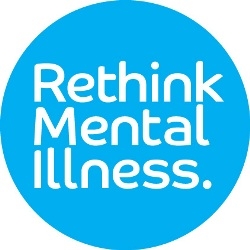
Rethink Mental Illness Is a British charity that seeks to improve the lives of people severely affected by mental illness through their networks of local groups and services, information and campaigns. Its stated goal is to make sure everyone severely affected by mental illness has a good quality of life.

The Epilepsy Society is the largest medical charity in the field of epilepsy in the United Kingdom, providing services for people with epilepsy for over 100 years. Based in Chalfont St Peter, Buckinghamshire, UK, its stated mission is "to enhance the quality of life of people affected by epilepsy by promoting research, education and public awareness and by delivering specialist medical care and support services." The Epilepsy Society has close partnerships with the National Hospital for Neurology and Neurosurgery and the UCL Institute of Neurology, both located in Queen Square, London.
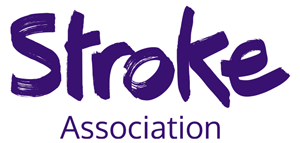
The Stroke Association is a charity in the United Kingdom. It works to prevent stroke, and to support everyone touched by stroke, fund research, and campaign for the rights of stroke survivors of all ages.
Steroid-induced osteoporosis is osteoporosis arising from the use of glucocorticoids analogous to Cushing's syndrome but involving mainly the axial skeleton. The synthetic glucocorticoid prescription drug prednisone is a main candidate after prolonged intake. Bisphosphonates are beneficial in reducing the risk of vertebral fractures. Some professional guidelines recommend prophylactic calcium and vitamin D supplementation in patients who take the equivalent of more than 30 mg hydrocortisone, especially when this is in excess of three months. The use of thiazide diuretics, and gonadal hormone replacement has also been recommended, with the use of calcitonin, bisphosphonates, sodium fluoride or anabolic steroids also suggested in refractory cases. Alternate day use may not prevent this complication.
The American Society for Bone and Mineral Research (ASBMR) is a professional, scientific and medical society established in 1977 to promote excellence in bone and mineral research and to facilitate the translation of that research into clinical practice. The ASBMR has a membership of nearly 4,000 physicians, basic research scientists, and clinical investigators from around the world.
Wellbeing of Women is the only UK charity dedicated to funding research, education and advocacy across all of women's reproductive and gynaecological health, including menstruation, fertility, pregnancy, childbirth, gynaecological cancers, menopause and incontinence. It raises money to invest in medical research and the development of specialist doctors and nurses working in these fields. The charity also disseminates information and hosts regular webinars on women's health.

The Film and TV Charity, formerly the CTBF, is the leading UK charity for people who work in the film, cinema and television industries, whose careers cover all aspects of pre-production and beyond, from script to screen and in a variety of roles.
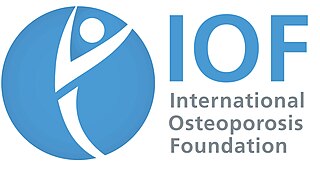
The International Osteoporosis Foundation (IOF), headquartered in Nyon, Switzerland, is a non-governmental organization (NGO) founded in 1998. It was formed from the merger of the European Foundation for Osteoporosis, founded in 1987, and the International Federation of Societies on Skeletal Diseases. The foundation functions as a global alliance of individuals and organizations concerned with the prevention, diagnosis and treatment of osteoporosis and musculoskeletal bone disease. The goal of the Foundation is to increase the early detection of osteoporosis and related musculoskeletal diseases, as well as to improve the treatment of these conditions through international collaboration among national healthcare systems and governments. The Foundation is the largest global NGO dedicated to osteoporosis and musculoskeletal diseases.

World Osteoporosis Day is observed annually on 20 October, and launches a year-long campaign dedicated to raising global awareness of bone health, and of the prevention, diagnosis and treatment of osteoporosis and metabolic bone disease. Organized by the International Osteoporosis Foundation (IOF), the World Osteoporosis Day campaign is accompanied by community events and local campaigns by national osteoporosis patient societies from around the world with activities in over 90 countries.

The Royal Foundation of The Prince and Princess of Wales is an independent United Kingdom-based charity which supports the non-profit work of the Prince and Princess of Wales. Their projects revolve around conservation, environmental issues, early childhood development, mental health, emergency services, and homelessness.
Rosalind Maud Shand was the daughter of Roland Cubitt, 3rd Baron Ashcombe. She was the wife of army officer Major Bruce Shand, the mother of Queen Camilla, and the mother-in-law of Charles III.
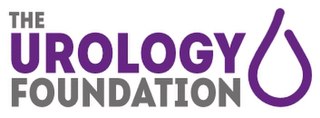
The Urology Foundation (TUF) is a charity that works across the UK and Ireland with the aim of improving the knowledge and skills of surgeons who operate on diseases of the male and female urinary-tract system and the male reproductive organs and funds research to improve outcomes of all urological conditions and urological cancers.













